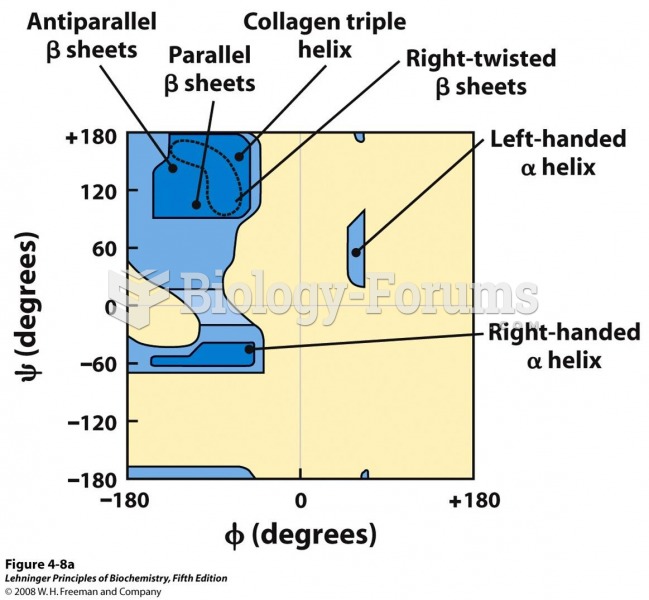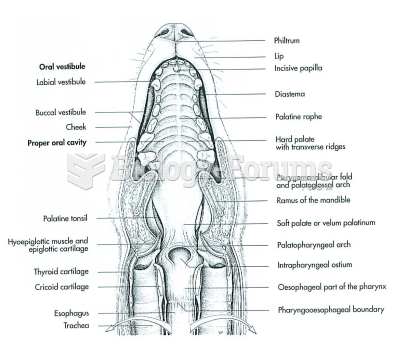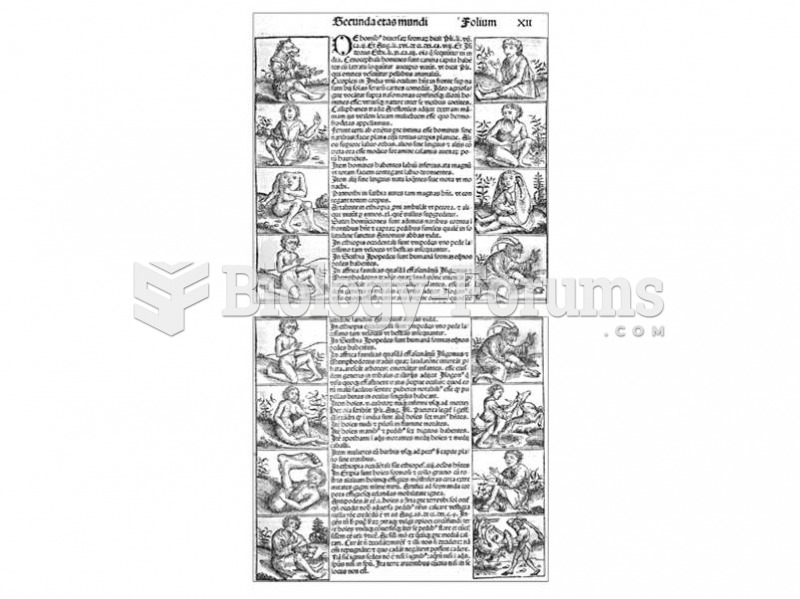Answer to Question 1
Answer: The four factors involve constraints caused by screen size and resolution, input technologies, bandwidth and connectivity, and operational costs. Screen size and resolution: While screen resolution of phones and tablets has improved, screen-size limitations can inhibit readability because messages are often larger than the screens on mobile devices. This dilemma can be particularly troublesome for team members who are collaborating on projects and reviewing documents or slides. Input technologies: Typing on mobile keyboards is challenging. Voice recognition input runs the risk of sharing private message content and annoying anyone within earshot. Selecting items on a touchscreen can be difficult, even with a stylus. Bandwidth, speed, and connectivity: The speed and quality of mobile connectivity varies widely by device, carrier, geographic location, and service plan. Therefore, don't assume that mobile recipients will be using a fast, reliable network. Data usage and operational costs: Many mobile users don't have unlimited data-usage plans. Some carriers offer unlimited data plans, but such plans can come with data-usage restrictions that reduce the speed of a user's connection. Given these factors, be careful about expecting or requiring mobile users to consume data-intensive content.
Answer to Question 2
Answer: Media richness is the value of a communication medium in a given situation. Richness depends on a medium's ability to convey a message via more than one informational cue, to facilitate feedback, and to establish personal focus. Face-to-face conversation is the richest medium, while unaddressed documents such as posters and signs are the leanest.







